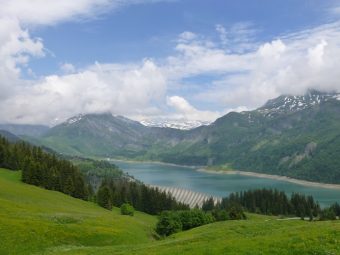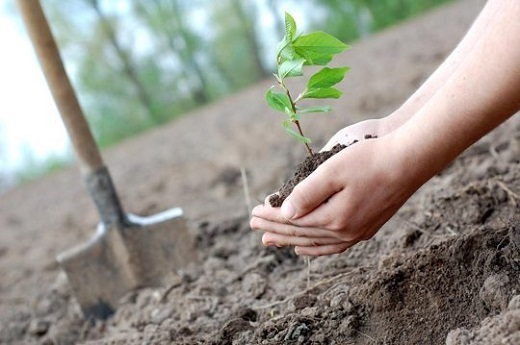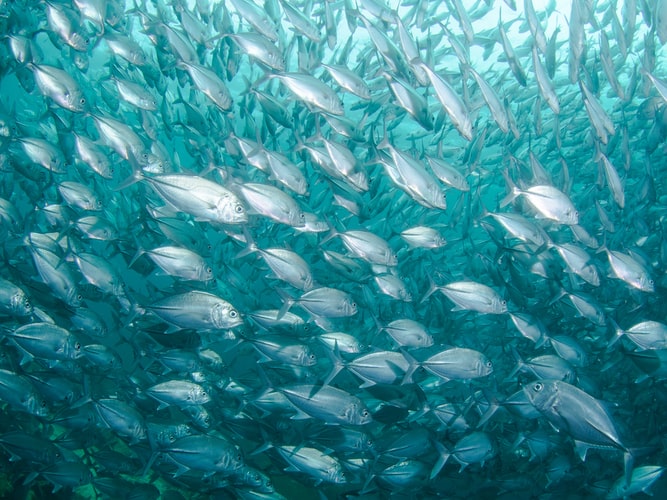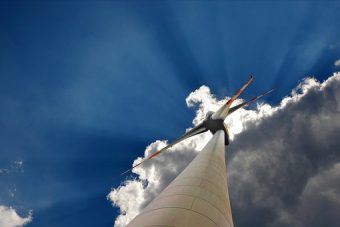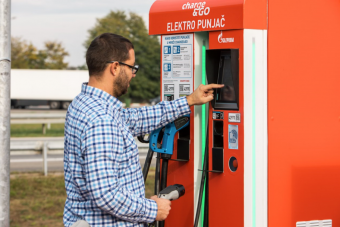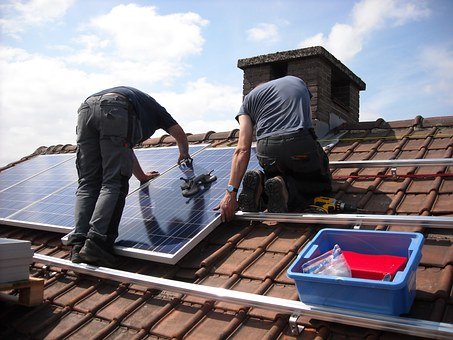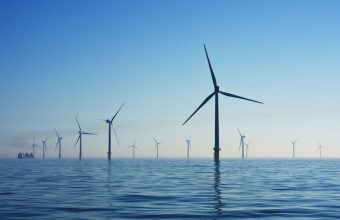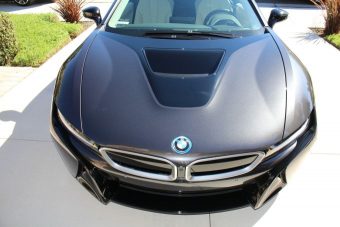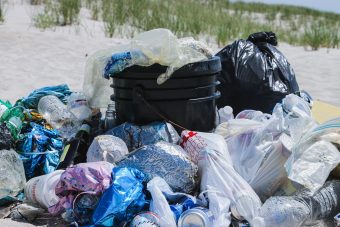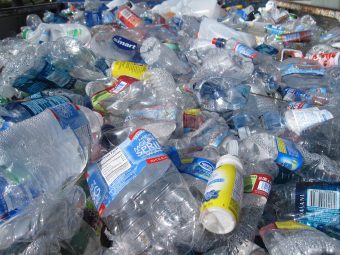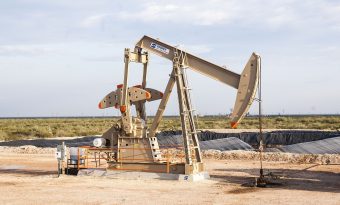
Almost everyone in Russia has heard about the Norilsk accident. In May 2020, more than 20 thousand tonnes of diesel fuel seeped into the soil and water on the Taymyr peninsula in the Russian Arctic and the Ambarnaya River ran red.
Following public pressure, media attention, evidence from Greenpeace Russia — and finally a court battle with the government — the influential company responsible, Norilsk Nickel, has been ordered to pay full compensation for damage caused to the vulnerable Arctic ecosystem.
Totalling almost 150 billion rubles (nearly 2 billion USD), it’s the largest compensation for environmental damage in Russia’s history.
Despite this huge success, the human cost, which falls disproportionately on Indigenous and ethnic minority groups in the country, is incalculable.
One year on from the Norilsk accident, Greenpeace Russia is documenting the impacts of new oil spills in the Russian Arctic and looking at steps the government is taking to avoid such disasters in future.
More:
What happened next?
Immediately after the accident, Greenpeace raised the story with the prime minister Mikhail Mishustin, demanding a system-wide review of facilities storing oil or petroleum products — and more frequent inspections. Deputy Prime Minister of the Russian Federation Viktoria Abramchenko instructed the responsible bodies to check all existing oil depots.
Then the government ordered an official investigation.
In March 2021, ten months after the accident, the head of Rostekhnadzor, the Russian government’s supervisory body on ecological, technological, and nuclear issues, reported results of their safety audit to the media.
Thousands of objects at oil storage facilities have been checked and violations identified in hundreds of items are being addressed. During the audit, 3626 violations of industrial safety requirements were revealed, 219 administrative cases were initiated, and the total amount of administrative fines reached 15 million rubles.
Why it matters now?
Greenpeace Russia welcomes the risk inspection work done by Rostekhnadzor. But we believe that this is not enough. In a context where oil accidents happen so often, not only is regular monitoring needed, but also maximum transparency — so that people can see where the risks are and what action is being taken.
Because accidents can strike at any time — and because the world needs to phase out fossil fuel use to protect the climate — we’re also urging the Russian Government to retire such reservoirs and instead develop renewable energy in the isolated Arctic territories.
This demand for a shift to a new type of economy based on green technologies has added urgency after a series of recent oil accidents.
You can read the whole article HERE.
Source: Greenpeace




